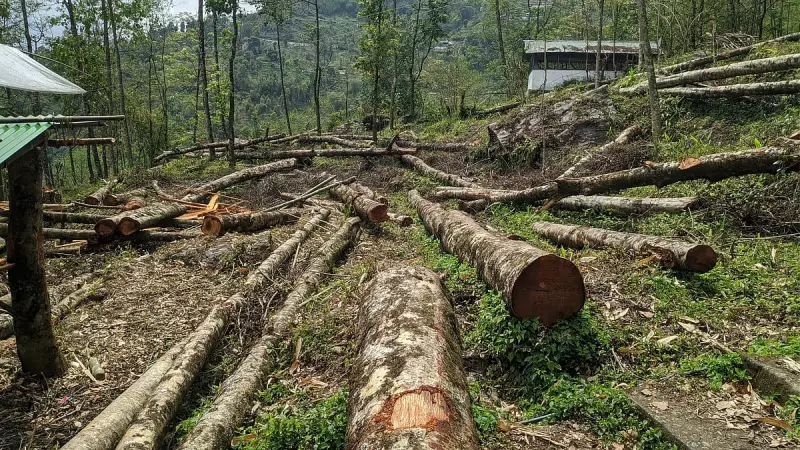
In a move that has raised environmental alarms across India's Silicon Valley, approximately 380 trees are slated for removal from the Central Reserve Police Force (CRPF) campus in Yelahanka, North Bengaluru. The massive tree-clearing operation has been approved to make way for significant infrastructure development within the security force's premises.
The Tree Officer of Yelahanka Zone has officially granted permission for the large-scale removal, though with a crucial environmental stipulation. Authorities have been mandated to plant ten times the number of trees being felled – meaning a staggering 3,800 new saplings must be planted as compensation for the ecological loss.
Development Versus Green Cover
This controversial decision highlights the ongoing tension between urban development and environmental conservation in one of India's fastest-growing metropolitan areas. The CRPF campus, which serves as a crucial training and operational hub for the paramilitary force, requires expansion and modernization of its facilities.
Environmental activists and concerned citizens are questioning whether compensatory plantation can truly replace mature trees that have taken decades to grow. The ecological services provided by established trees – including air purification, temperature regulation, and habitat provision – cannot be immediately replicated by newly planted saplings.
Bengaluru's Changing Landscape
This isn't an isolated incident in Bengaluru, which has witnessed significant green cover reduction in recent years due to various infrastructure projects. The city, once famous as the "Garden City of India," has been grappling with balancing development needs against environmental preservation.
The tree removal at the CRPF campus represents another chapter in the ongoing debate about sustainable urban planning in India's technology capital. As the city continues to expand and modernize, decisions like these will likely continue to spark discussions about the true cost of development and the importance of preserving urban ecosystems.





